Avery Digital Projects
Avery Library actively develops online presentations of digitized selections from its extensive collections. In recent years, we have produced a number of digital projects showcasing items from our special collections – Avery Classics (rare books) and Avery Drawings and Archives – including rare books, architectural drawings and photography, and ephemeral materials. These projects and others currently in development are produced in collaboration with our colleagues in Columbia University Libraries’ Digital Program Division.

American Viewbooks
Avery’s American Viewbooks Collection provides pictorial documentation of cities and towns throughout the United States. The collection is comprised of more than 4,000 titles published in a variety of formats, including printed books, photographic albums, and novelties. Together, these items present an evolving illustrated history of the American-built environment from the mid-nineteenth century to the twentieth century.
Online Exhibit: Viewbooks: Window into America
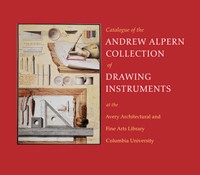
The Andrew Alpern Collection of Drawing Instuments
An outstanding collection of early architectural drawing instruments comprised of 170 English, Continental and American sets and individual pieces spanning over three centuries of exquisite craftsmanship in silver, ivory, steel and brass. The collection, which also includes numerous trade catalogues and other rare books about the instruments, was assembled by noted New York architectural historian Andrew Alpern and donated to the Avery Architectural & Fine Arts Library in 2007. The collection is available to researchers by appointment at Avery Library's Department of Drawings and Archives.
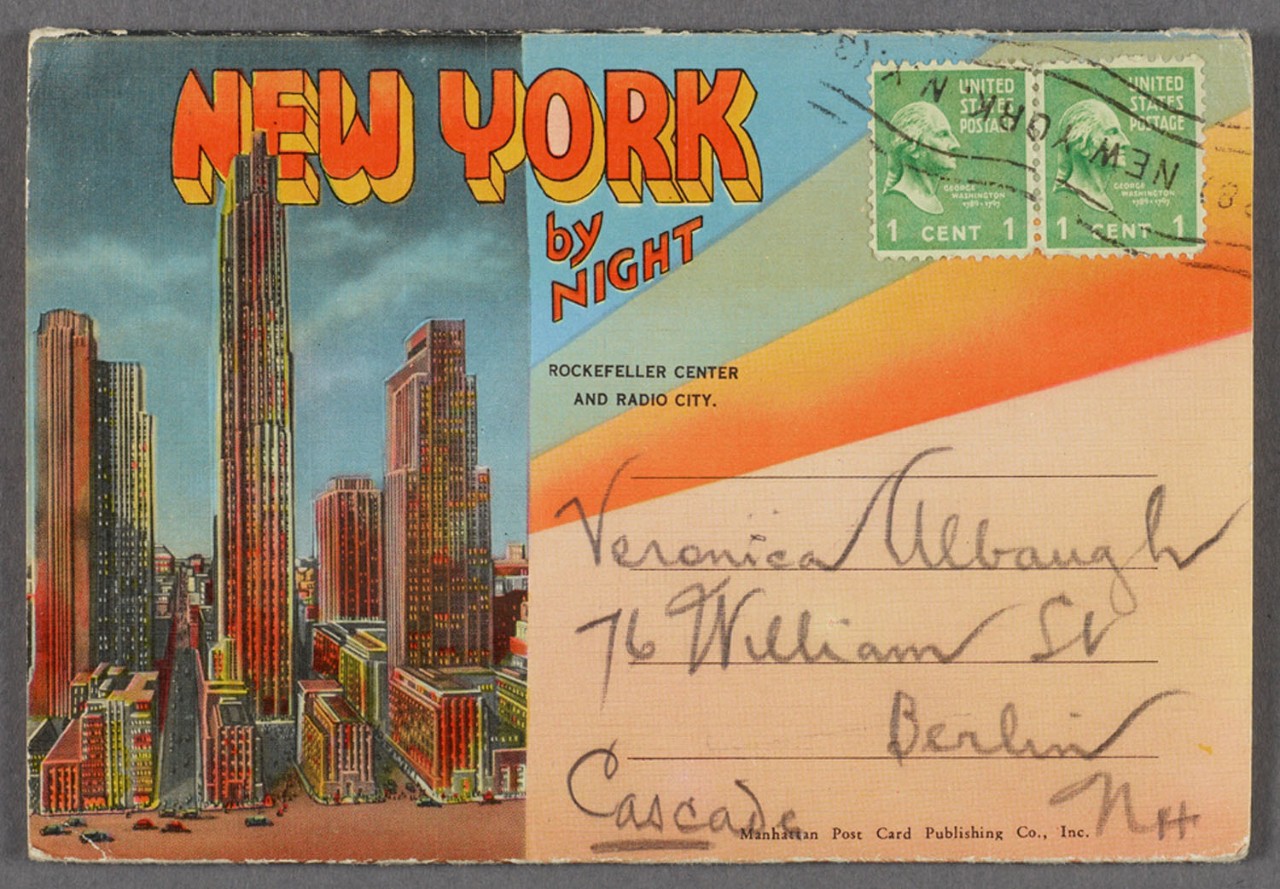
Avery's Architectural Ephemera Collections
Avery Classics is home to one of the largest special collections of rare architectural materials in the world. In addition to books, manuscripts, and photographs, the department includes a significant collection of ephemera. This exhibit describes some of the brochures, pamphlets, advertising materials, postcards, and other forms of architectural ephemera within Avery Classics.

Avery's Architectural Novelties
Certain items in Avery Classics have distinctive forms that fall outside rare books. Such items, which we will call Architectural Novelties, are best explained in images. This exhibition highlights a selection of items from the Avery Classics collection that are both comprehensive and eccentric in their treatment of architecture.
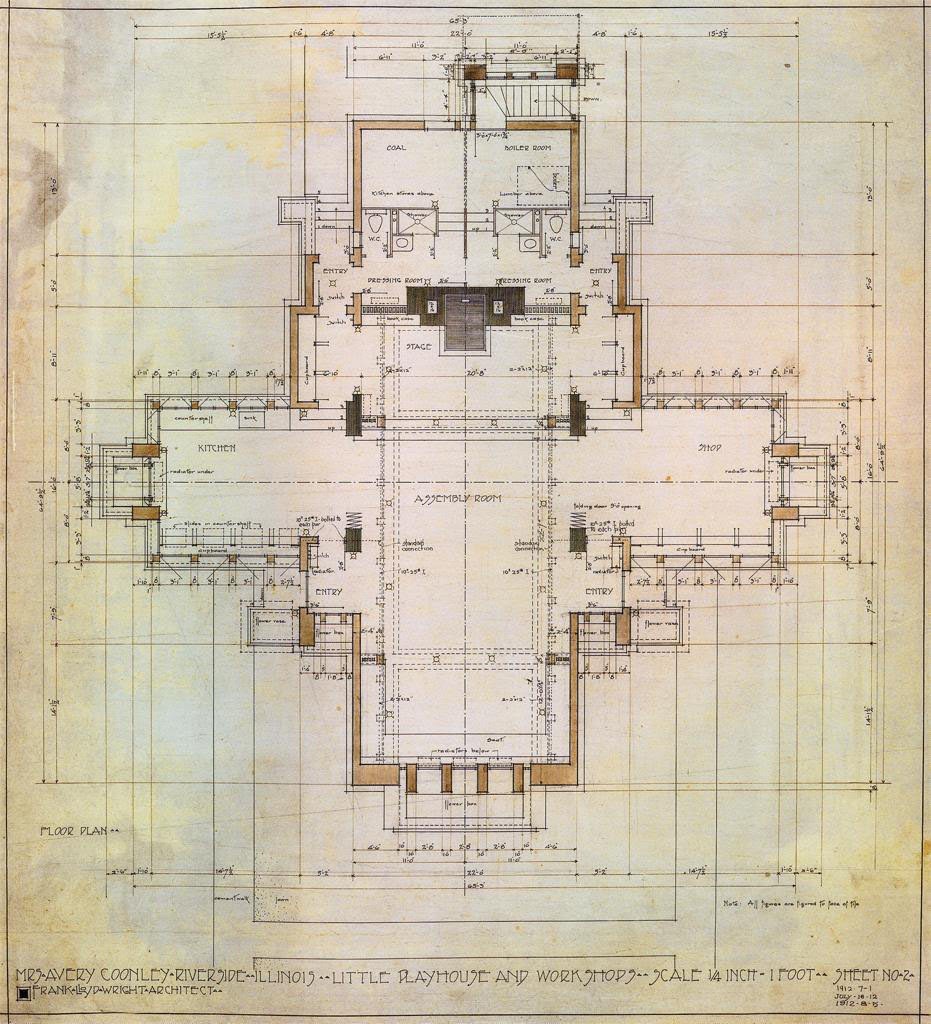
Avery|GSAPP Architectural Plans & Sections on Artstor
Artstor, the Columbia Graduate School of Architecture, Planning, and Preservation (GSAPP), and the Avery Architectural & Fine Arts Library collaborated to create a collection of 20,000 images representing architectural plans, sections and related materials in the Artstor Digital Library.
The collection is based on GSAPP’s history of modern architecture curriculum and covers the history of modern buildings, focusing primarily on 20th-century modernism, with a few earlier and later projects spanning from 1871 to 2013. Comprising 1,000 projects from 44 countries, the majority of them of built works, the Plans and Sections project also includes documentation of unbuilt projects and of competitions such as the Chicago Tribune Tower and the Lenin Library. This collaboration makes this rich body of visual material and related scholarship available online for the first time.
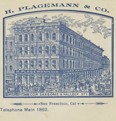
Biggert Collection of Architectural Vignettes
Donated to the Avery Architectural and Fine Arts Library by Robert Biggert in honor of Lisa Ann Riveaux, this unique collection of printed ephemera contains over 1,300 items with architectural imagery spanning the dates 1850 to 1920, in more than 350 cities and towns in forty-five states, as well as the District of Columbia and U.S. possessions.

The Digital Serlio Project presents Avery Architectural & Fine Arts Library's unparalleled holdings of the works of Sebastiano Serlio including his published works in multiple editions, the manuscript for his unpublished masterwork, On Domestic Architecture, and scholarly essays reflecting current research on Serlio’s works.

The Seymour B. Durst Old York Library
The Seymour B. Durst Old York Library collection at the Avery Architectural & Fine Arts Library consists of more than 40,000 objects including historic photographs, maps, pamphlets, postcards, books, and New York City memorabilia from the 18th century to the 1980s.
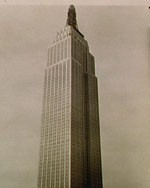
This image gallery contains photos by Lewis Hines, images of the deconstruction of the Waldorf Hotel and views of the construction process.
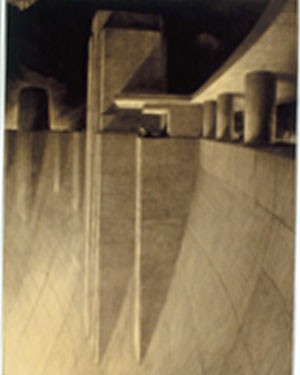
The Hugh Ferriss Architectural Drawings and Papers Collection was donated to Avery Library by his family after Ferriss' death, and has been supplemented by several later additions from other sources.
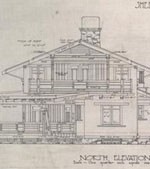
The Greene & Greene Architectural Records and Papers Collection spans the years ca. 1896 - ca. 1963. The collection chiefly consists of architectural drawings (approximately 5,000) and also includes photographs, personal papers, and other manuscript material.
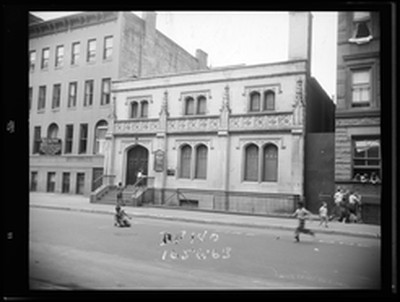
Lincoln Square Urban Renewal Project photographs, 1957-1958
Collection of 250 black and white 4 x 5 in. photographic negatives of the New York City neighborhood bounded by Columbus Ave. and Amsterdam Ave. from W. 62nd to W. 68th St. The area later became the Lincoln Square Renewal Project under Robert Moses, and is presently occupied by Lincoln Center, Fordham University, and a portion of the Amsterdam Houses. Taken on Kodak film, the images were presumably created in the early 1950s prior to demolition of the buildings. Each image depicts the full façade of a building, and includes a handwritten identifier and arrow. Residential structures are punctuated by those of small manufacturing, service, and retail. This pictorial record raises questions regarding the later placement of the residents of the area and the subsequent changes to the population and demographics.
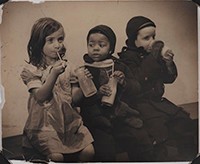
Manhattanville: a New York Nexus
Sheffield Farms, the Milk Industry, and the Public Good
Columbia University’s new Jerome L. Greene Science Center in Manhattanville occupies land that in the early part of the 20th century was owned by Sheffield Farms, a historic private commercial endeavor that successfully addressed one of the most critical health issues of that time: the challenge of supplying healthy milk to expanding urban populations increasingly distant from rural dairy farms.
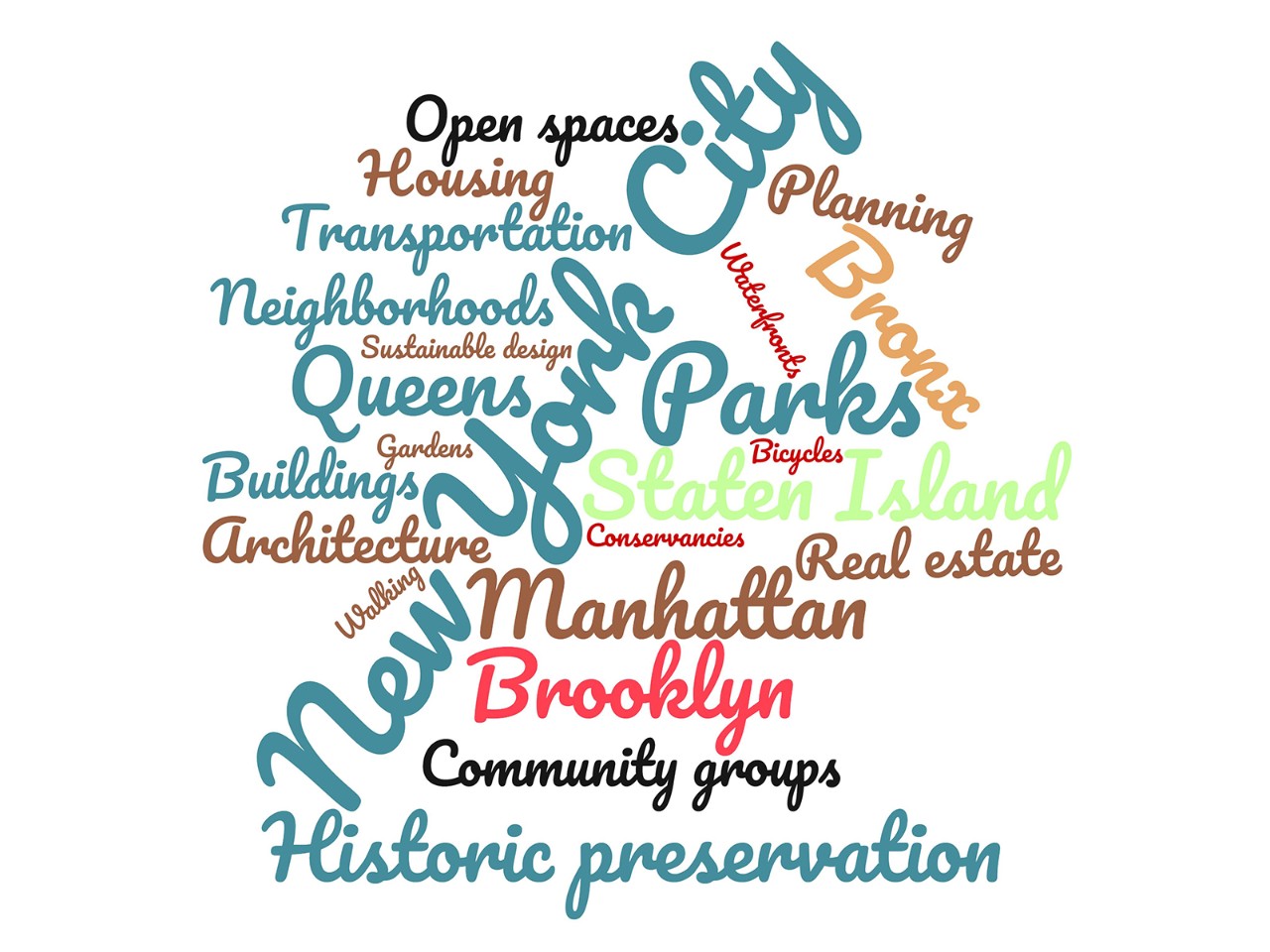
New York City Places and Spaces Web Archive
The collection's principal thematic focus is documenting the evolution of the built environment and public spaces in and around New York City through the interaction of historic preservation efforts and new development projects within urban planning debates. Selected websites are mostly published by non-profit groups or individuals based in the New York City area, including historic preservation groups, neighborhood associations, community development groups, public policy organizations, parks and open space conservancies, and both sponsors and critics of ongoing development project.
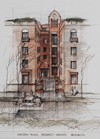
New York Real Estate Brochure Collection
The New York Real Estate Brochure Collection was donated to Avery Architectural & Fine Arts Library by Yale Robbins, Henry Robbins, and David Magier in 1986. The collection consists of over 9,200 advertising brochures, floor plans, price lists, and related materials that document residential and commercial real estate development in the five boroughs of New York and outlying vicinities from the 1920s to the 1970s.
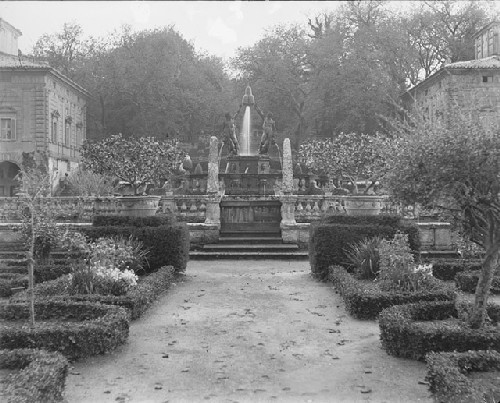
Charles Adam Platt, 1861-1933. Italian Gardens
In 1892, Charles A. Platt traveled to Italy with his brother, William, to view Italian Renaissance villas and gardens. Many of the photographs he took were used to illustrate his Italian Gardens (Harper & Brothers, 1894). Additional images were included in the 1993 reissue of Italian Gardens, with an overview by Keith Morgan (Sagapress/Timber Press). The remainder of these images remained unpublished.
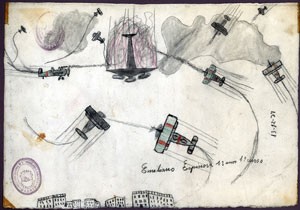
Spanish Children's Drawings of the Civil War
During the Spanish Civil War (1936-1939) children were evacuated from the war zones to "colonies" in the war-free areas of Spain and in the south of France. Drawings by these children – most between the ages of seven and fourteen – were collected from throughout Spain in a concerted effort by the Spanish Board of Education and the Carnegie Institute of Spain. A large group was assembled by Joseph A. Weissberger in early 1938 and brought to the United States on behalf of the Spanish Child Welfare Association for the American Friends Service Committee (AFSC – "Quakers"). They were used by the AFSC as a means to publicize the plight of the children and collect funds for more evacuations and other assistance. Over 850 of these drawings have been identified in a variety of locations. Columbia received the 153 images presented here in 1938 through a bequest and they became part of the collections of the Avery Architectural and Fine Arts Library in 1977.
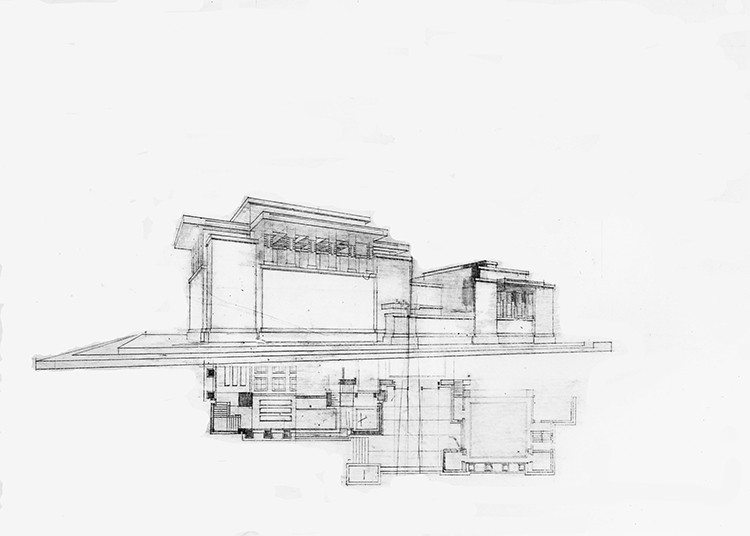
Frank Lloyd Wright Drawings (Black & White Reference Photographs): Artstor Public Collection
This collection presents the majority of Wright's projects from 1895 through 1959, as captured through black and white reference photography originally produced by the Archives of the History of Art, the Getty Center for the History of Art and the Humanities. A significant number of the original drawings, once owned by the Frank Lloyd Wright Foundation and represented in this photography collection, are today housed in the Avery Architectural and Fine Arts Library (Columbia University) and co-owned by the Avery and The Museum of Modern Art.
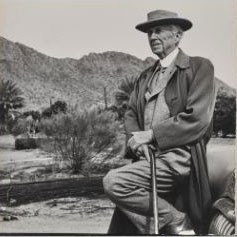
Frank Lloyd Wright Web Archive
A growing collection focused on the official websites of public and residential buildings and other sites designed by Frank Lloyd Wright (1867-1959), many of which are maintained as historic house museums or available for overnight rentals. The collection also includes the websites of foundations or associations devoted to Wright and his work.
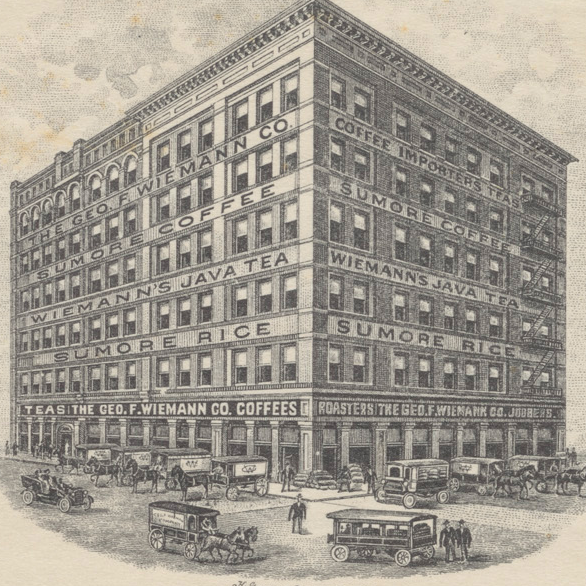
John H. Yardley Collection of Architectural Letterheads
The John H. Yardley Collection of Architectural Letterheads provides a unique view of New York City's evolution during the nineteenth and twentieth centuries. Selected for their illustrations of buildings in lower Manhattan, these pieces of stationery include rare images of the city's commercial architecture, much of which is no longer extant. Because the letterheads are organized by street, users can chart a path through the city, one address at a time, and see New York City as it was in another era.